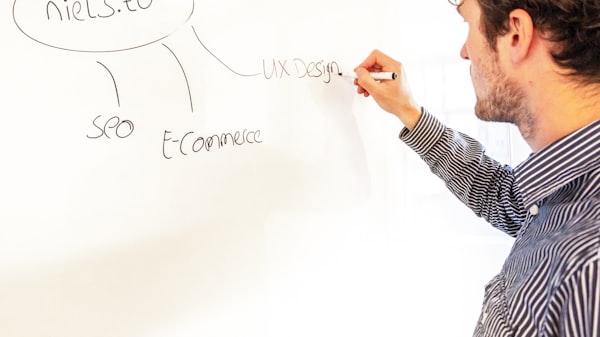- 欢迎使用千万蜘蛛池,网站外链优化,蜘蛛池引蜘蛛快速提高网站收录,收藏快捷键 CTRL + D
高分辨率AI模型Griffon v2:通过文本和视觉提示提供灵活的对象引用 Griffon v2:如何利用文本和视觉提示实现灵活的对象引用
Search Engine Optimization (SEO) is a crucial aspect of digital marketing, especially in today's competitive online landscape. With the constantly evolving algorithms and ranking factors of search engines like Google, understanding and implementing effective SEO techniques is essential for businesses looking to increase their online visibility and drive organic traffic to their websites.
How Can LVLMs Improve Text and Image Understanding Tasks?
Recent advancements in Large-Scale Vision Language Models (LVLMs) have shown great promise in tasks requiring text and image comprehension. Models like Griffon have excelled in tasks such as object detection, indicating significant progress in internal perception within LVLMs. This advancement has led to further research on flexible referencing beyond textual descriptions to enhance user interfaces.

What Limitations Do LVLMs Face in Complex Contexts?
Despite significant progress in fine-grained object perception, LVLMs face limitations in outperforming task-specific experts in complex scenarios due to image resolution constraints. These limitations hinder their ability to effectively reference objects using text and visual cues, particularly in areas like GUI agents and counting activities.
How Does Griffon v2 Overcome These Limitations?
To address these limitations, a group of researchers introduced Griffon v2, a unified high-resolution model designed to provide flexible object referencing through text and visual cues. They proposed a simple and lightweight downsampling projector to effectively increase image resolution, aiming to overcome constraints imposed by input tokens of large language models.

This approach significantly enhances multimodal perception by preserving subtle features and overall context, especially for small details that low-resolution models may overlook. The team built a plug-and-play visual tagger based on this foundation and enhanced Griffon v2 with visual language co-reference capabilities, allowing easy interaction with various inputs like coordinates, free text, and flexible target images.
Griffon v2 has proven effective in various tasks such as Reference Expression Generation (REG), phrase localization, and Reference Expression Comprehension (REC). Experimental data shows that the model outperforms expert models in object detection and object counting.
In conclusion, the team summarized their key contributions:
- High-resolution multimodal perception model: By eliminating the need for image segmentation, the model offers an improved approach to local understanding. Its ability to handle resolutions up to 1K has enhanced its ability to capture details.
- Visual-language co-reference structure: An introduced structure that combines language and visual inputs to extend the model's utility and enable various interaction modes. This feature makes communication between users and the model more flexible and natural.
Extensive experiments were conducted to validate the model's effectiveness in various localization tasks. It has achieved state-of-the-art performance in phrase localization, Reference Expression Generation (REG), and Reference Expression Comprehension (REC). The model excels in both quantitative and qualitative object counting, demonstrating its superiority in perception and understanding.
For more information, you can access the project on GitHub here and the research paper on arXiv here.
Thank you for reading and feel free to leave your thoughts, comments, like, and share this article. Your engagement is greatly appreciated!
蜘蛛技巧最新文章
- 咸阳网站建设企业的细节把控:实践中的有效策略
- YouTube新规定:创作者必须披露视频中使用AI技术的情况
- Pipio | Video Dubbing官网体验入口 解锁AI视频翻译语音合成工具,免费使用地址
- "为什么网站收录突然下降?如何应对收录问题?"
- 浅谈网站改版和301永久重定向那些事 - 5个重要实操步骤
- 钦州网站制作公司哪家好?如何选择最适合的网站设计服务?
- 网络营销推广的正确方式:深入了解网络营销的优势
- 搜索引擎营销竞价推广 vs. 搜索引擎优化自然优化:企业网站如何选择更适合的推广策略
- 网站收录变快的方法?实用技巧大揭秘
- 茂名网站公司建设门户类网站制作技巧:如何打造高效专业的门户网站




)



)
)
)
)
)